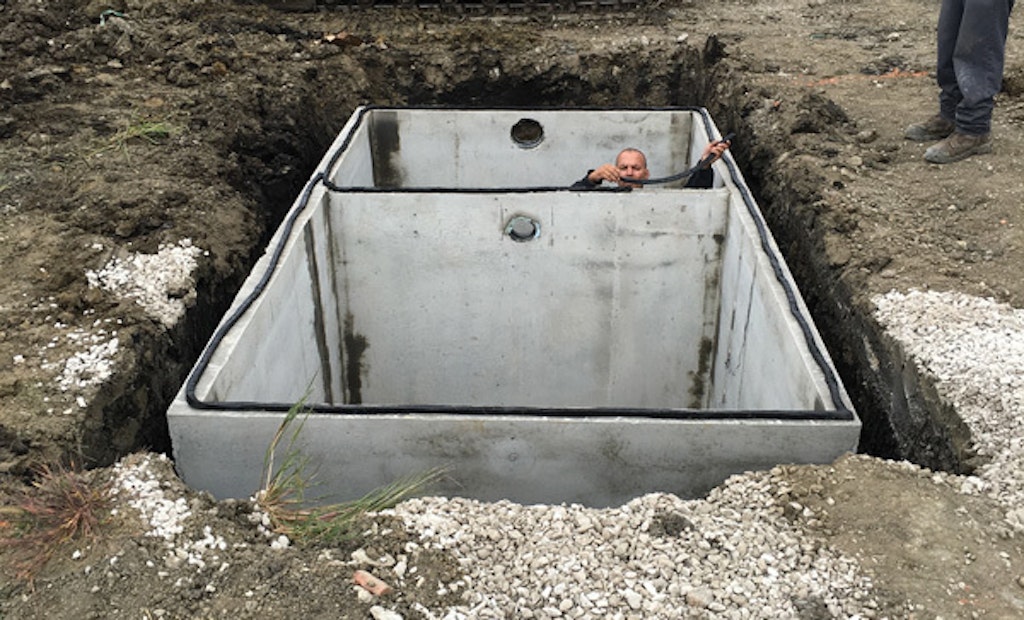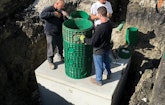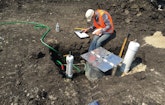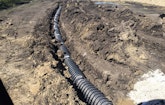
The growing number of states allowing marijuana for recreational or medicinal use opens another business area for wastewater professionals, as Zeiter’s Septics Unlimited learned recently. Zeiter, based in Morris, Illinois, was hired to complete the wastewater systems at two new...









